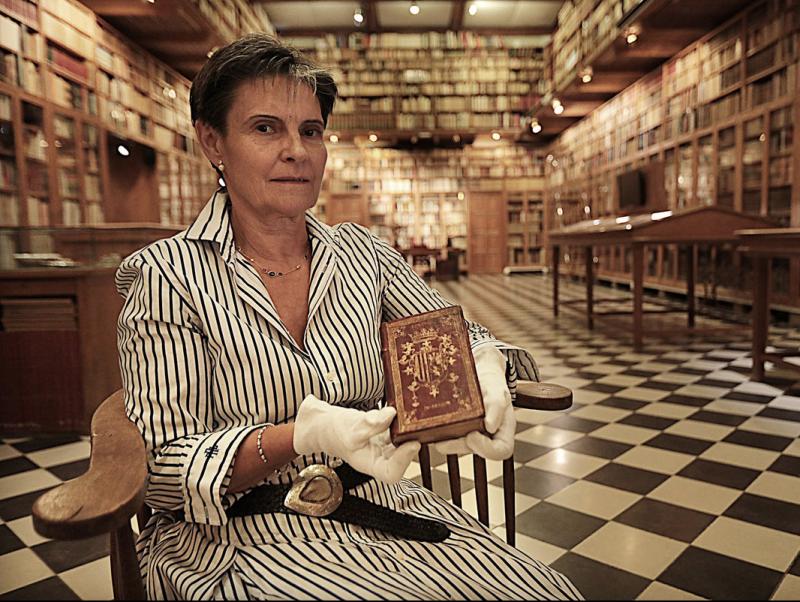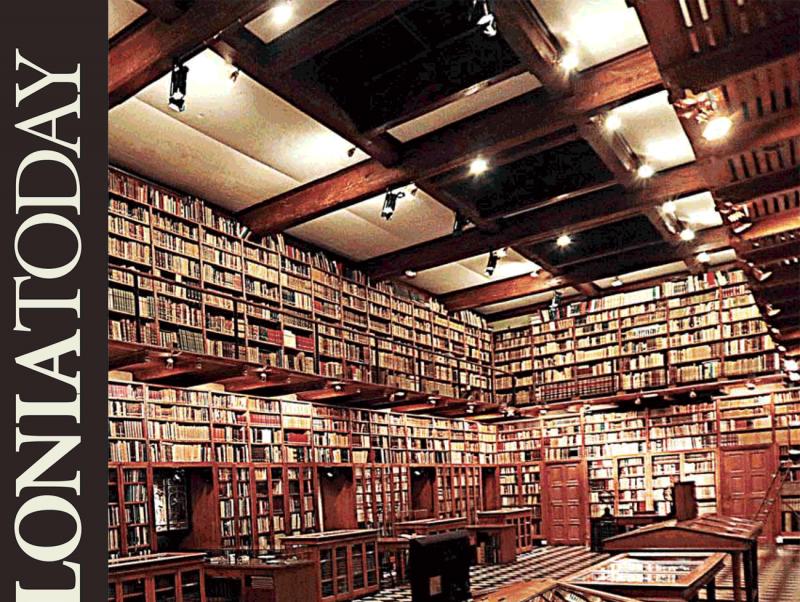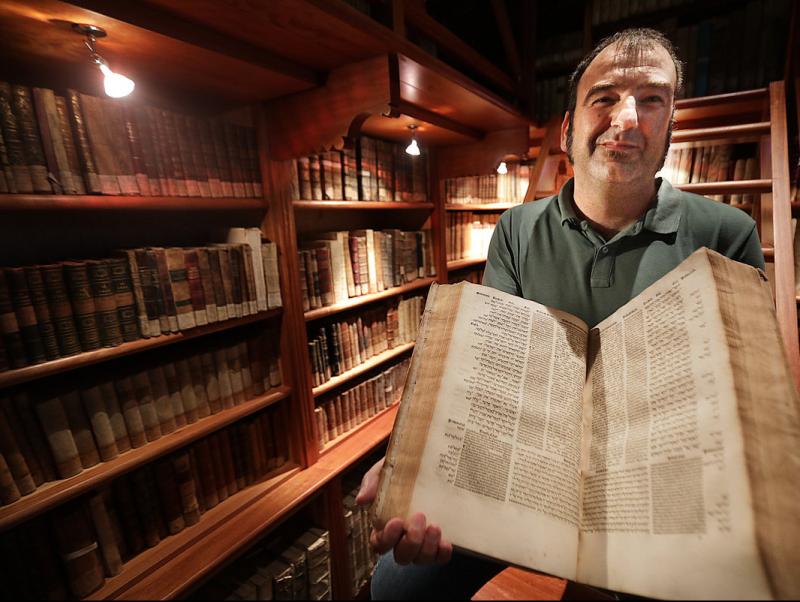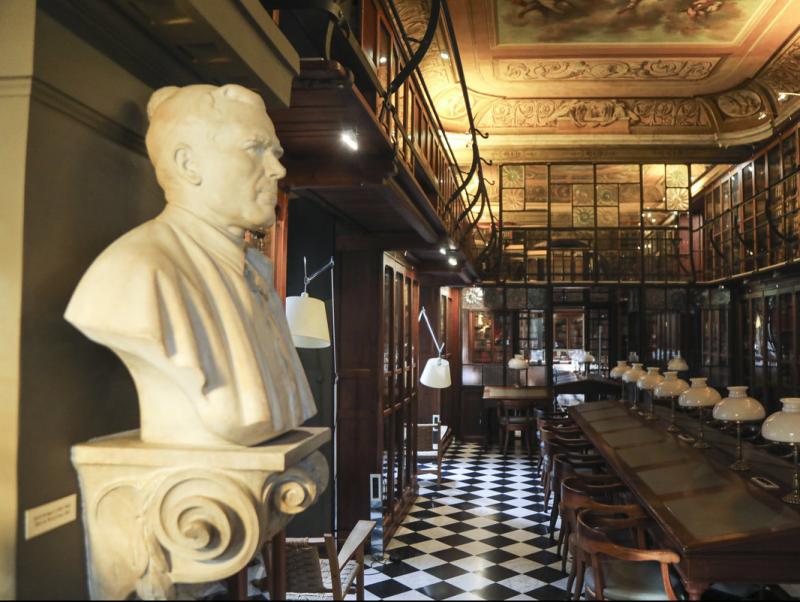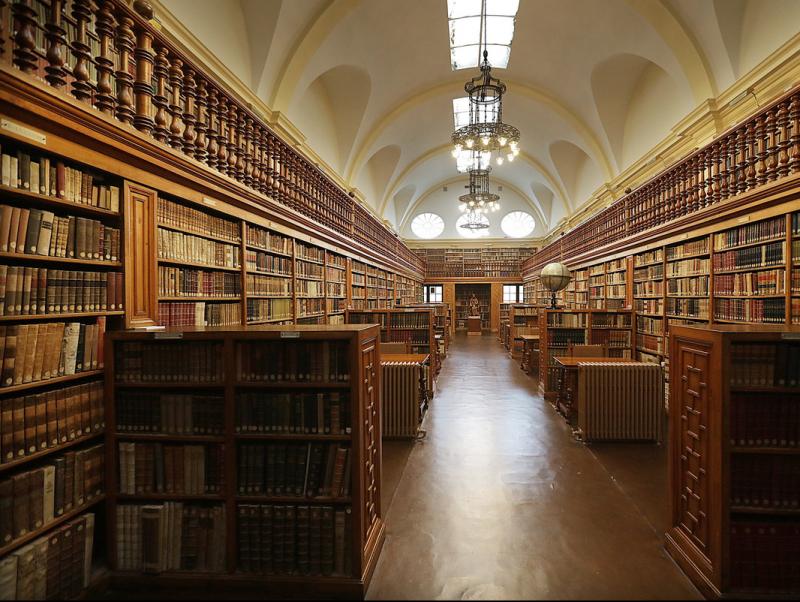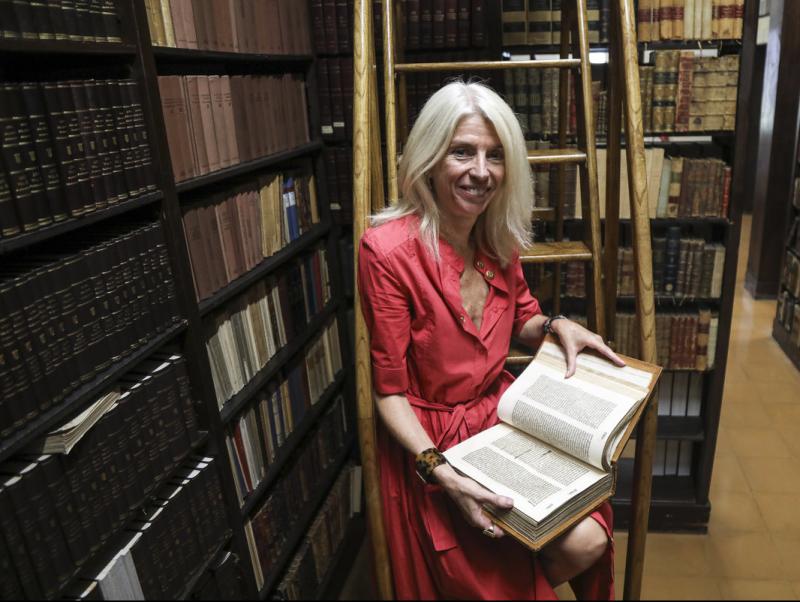REUS READING CENTRE
Pleasant treatment
In 1859, a few residents of Reus had the idea of creating a club in which members could enjoy, as the first article of the organisation’s future regulations would say, “the pleasant treatment of people and the reading of books and newspapers that are not prohibited by law”.
Despite that, for some decades the Reading Centre’s library remained in a rather precarious situation, to the point that, at the beginning of 1920, the organisation’s own magazine was forced to recognise that it was “a depository of old books” with a “catalogue of poor works”.
However, thanks to the patronage of banker and politician Evarist Fàbregas (who ceded the organisation the old Tamarit Palace and funded the renovation work on it), the leadership of local journalist, writer and politician Pere Cavallé, and the work of a group of librarians headed by Francesca Farró, that repository of old books underwent a process of growth and specialisation.
Over the years, the library would eventually become one of the most important in the country, both for the size and the quality of its collection. It currently has around 160,000 volumes, among which we must highlight 20 incunabula (an early form of pamphlet) and books from the 16th, 17th and 18th centuries, such as those chosen for us by librarian Montserrat de Anciola.
Some of the older volumes are kept in the reading rooms, enclosed in oak and glass bookcases, and others, the most valuable, are kept in a separate room, while a good part of the collection is concentrated on the ground floor of the building.
Feature Culture and heritage
Atlante Veneto
Year: 1695
Printer: Venice
The jewel in the crown
“Among all the very many works preserved by the Reus Reading Centre library, the Atlante Veneto, by Vincenzo Maria Coronelli, is, in all probability, the most valuable. The reason for this is not only its typographic beauty, but also the spectacular engravings it contains. It is a large atlas (it measures 50 x 37 cm) that incorporates maps that were printed in Venice between the years 1690 and 1698.”





